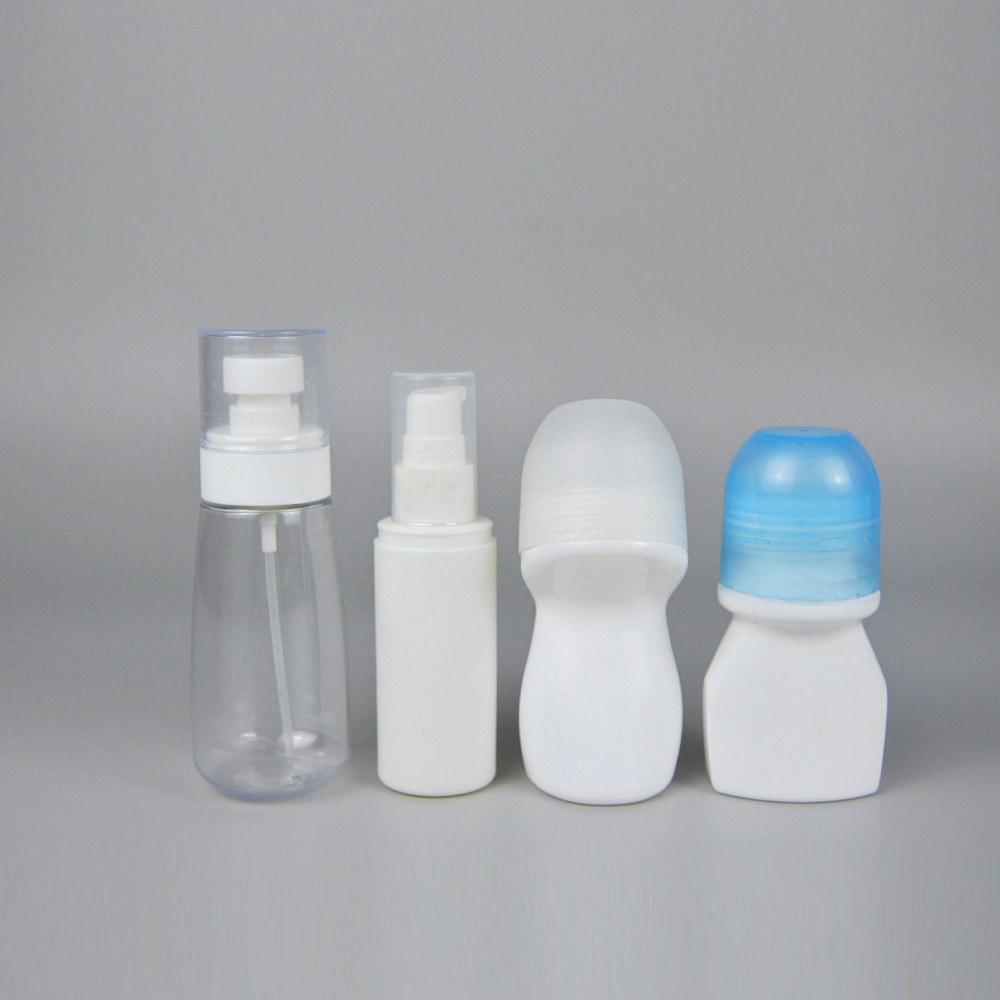Optimal Dimensions for 90mm Petri Dishes in Microbial Cultivation
The Importance of 90mm Petri Dish Size in Microbiology and Laboratory Research
The Petri dish, named after the German bacteriologist Julius Richard Petri, has become an essential tool in microbiology and various laboratory settings. Among the different sizes available, the 90mm Petri dish is particularly significant due to its versatility, ease of use, and optimal dimensions for a range of applications. This article explores the importance of the 90mm Petri dish size in research, its advantages, and its applications in various fields.
1. Optimal Size for Culturing Microorganisms
The 90mm Petri dish strikes an ideal balance between surface area and volume, making it suitable for culturing a variety of microorganisms, including bacteria, fungi, and yeast. With a diameter of 90mm, it provides a sufficient surface area for colonies to grow, while its depth enables the containment of liquid media necessary for optimal growth. This size allows researchers to observe microbial growth more coherently, as the colonies can be spread out evenly across the surface.
2. Versatility in Experimental Design
One of the main advantages of the 90mm Petri dish is its versatility in various experimental designs. Scientists can use it for different types of experiments, including antibiotic susceptibility testing, isolation of pure cultures, and studying microbial interactions. Its size is also conducive to performing dilution plating techniques, where researchers can accurately count colony-forming units (CFUs) to determine microbial concentration in samples.
3. Standardization in Laboratory Procedures
Using a standardized Petri dish size like the 90mm facilitates consistency in experimental protocols. Standardization is crucial in scientific research, as it allows for reproducibility and comparison of results across different studies. When researchers use the same size plates, factors such as the surface area for microbial growth and the volume of media used remain constant, leading to more reliable data and conclusions.
petri dish size 90mm

4. Compatibility with Equipment
The 90mm Petri dish is compatible with many laboratory instruments, including incubators, autoclaves, and orbital shakers. This compatibility ensures that researchers can easily integrate the dishes into their existing workflows without the need for extensive adaptations of equipment or storage solutions. Additionally, many types of media come pre-prepared in 90mm dishes, further streamlining laboratory processes.
5. Application in Education and Training
In educational settings, 90mm Petri dishes are often used for teaching microbiology techniques to students. Their size is manageable for students, allowing them to practice aseptic techniques, streaking for isolation, and observing microbial growth firsthand. This hands-on experience is invaluable for practical learning and understanding of microbiological concepts.
6. Innovations and Advancements
As technology advances, the classical Petri dish is also evolving. Modern innovations, such as the use of 90mm Petri dishes with specialized coatings or materials, aim to enhance the performance and efficiency of microbial studies. For instance, certain coatings can promote the growth of specific microbes or inhibit undesired contamination, expanding the potential applications in research.
Conclusion
The 90mm Petri dish serves as a fundamental tool in microbiology, combining practicality and versatility for scientists and educators alike. Its optimal size allows for effective microbial growth and experimental consistency, while fostering an environment conducive to innovative research. As the field of microbiology continues to evolve, the significance of the 90mm Petri dish remains apparent, supporting both foundational education and advanced scientific inquiry. As researchers and educators utilize this essential tool, they perpetuate the exploration of microbial life, paving the way for new discoveries that could impact healthcare, environmental science, and biotechnology.
-
Aesthetic Makeup Spray Bottles | Fine Mist Empty RefillableNewsAug.19,2025
-
White Plastic Veterinary Vaccine Vials | Lab Liquid BottlesNewsAug.18,2025
-
Plastic Medicine Liquid Bottle: Secure Flip Top Drug VialsNewsAug.17,2025
-
Durable 250ml Blue Plastic Vaccine Vial for Lab & Vet UseNewsAug.16,2025
-
Sterile Virus Sample Tubes: Secure & Reliable Specimen CollectionNewsAug.15,2025
-
White 250ml Plastic Vaccine Vial for Lab & Vet MedicineNewsAug.14,2025
























